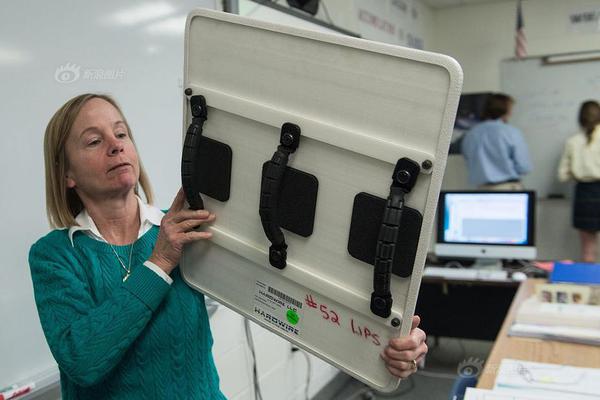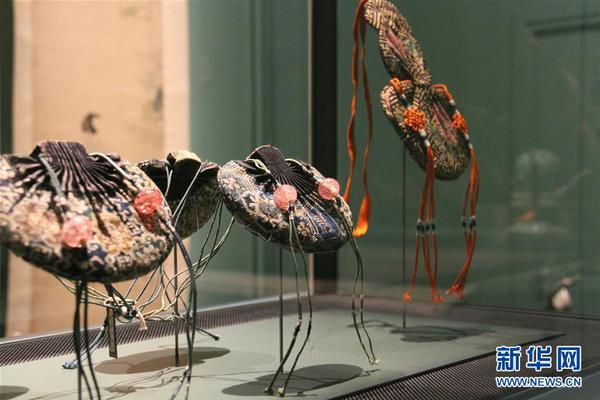
Use the control panel to set administrator permissions: click the start menu and select the control panel. In the control panel, find the user account and click it. Choose to change the account type and change the account type to administrator.
Press the win key + R key at the same time, and enter cmd to return. Enter: net localgroup Administrators in the command prompt window and return to confirm that there is only one Administrator account under the member before the follow-up operation can be carried out.
Enter "gpedit.msc" in the "Search web and windows" input box of the taskbar at the bottom right, and the computer will search by itself. After the search, click the mouse to open it.2. Open the local group policy manager.

Open the group policy editor, select the [Computer Configuration]/[Windows Settings]/[Security Settings]/[Local Policy]/[User Rights Assignment] option in turn, double-click the [Reject to access this computer from the network] policy, and delete the "Guest" account.
Open the "Run" window, enter "gpedit.msc" and click the "OK" button to open the "Group Policy Edit" window.
In order to control computer permissions more accurately and improve system security, we can carry out some advanced settings. A common method is to use the access control list (ACL) to manage the permissions of files and folders. We can choose specific files or folders and set who can access, modify or delete them.
First of all, in the computer, right-click the folder that needs to be set and select the properties, as shown in the figure below. Then click Security in the properties, as shown in the figure below. Then, in the open security page, click Advanced, as shown in the figure below.
1. Press the win key + R key at the same time, and enter cmd to enter. Enter: net localgroup Administrators in the command prompt window and return to confirm that there is only one Administrator account under the member before the follow-up operation can be carried out.
2. Open the "Settings" of the start menu on the win system computer; click the privacy option in the settings panel, click the account information option in the left sidebar, and click the open button under Allow the application to access your account information to set the permission.
3. Select the current user and click the change permission button below to change the permission. 2) Check the permissions to be obtained and click OK.Step 5, edit the administrator's system permissions. 1) After right-clicking on the properties, click the security option, select the administrator user you are currently using, and click the edit button to enter the editing interface.
4. Click the Apple icon on Mac computer. This is the Apple logo in the upper left corner of the menu bar. Click on System Preferences. Click the "Security and Privacy" icon. The shape of the icon is like a house. Click on Privacy. Click the service in the left pane.
1. First, click the windows icon in the lower left corner of the computer desktop, and click the avatar on the right in the pop-up options to enter. Just enter the interface of the user account and click to manage other accounts in it. Then select the account that needs to be set in the management account.
2. Usually, in the operating system, permission settings can be configured through "Control Panel", "User Account and Home Security", "Security Center" and other related settings.
3. Open the "Run" window, enter "gpedit.msc" and click the "OK" button to open the "Group Policy Edit" window.
4. First, in the computer, right-click the folder that needs to be set, and select the properties to enter, as shown in the figure below. Then click Security in the properties, as shown in the figure below. Then, in the open security page, click Advanced, as shown in the figure below.
Binance app-APP, download it now, new users will receive a novice gift pack.
Use the control panel to set administrator permissions: click the start menu and select the control panel. In the control panel, find the user account and click it. Choose to change the account type and change the account type to administrator.
Press the win key + R key at the same time, and enter cmd to return. Enter: net localgroup Administrators in the command prompt window and return to confirm that there is only one Administrator account under the member before the follow-up operation can be carried out.
Enter "gpedit.msc" in the "Search web and windows" input box of the taskbar at the bottom right, and the computer will search by itself. After the search, click the mouse to open it.2. Open the local group policy manager.

Open the group policy editor, select the [Computer Configuration]/[Windows Settings]/[Security Settings]/[Local Policy]/[User Rights Assignment] option in turn, double-click the [Reject to access this computer from the network] policy, and delete the "Guest" account.
Open the "Run" window, enter "gpedit.msc" and click the "OK" button to open the "Group Policy Edit" window.
In order to control computer permissions more accurately and improve system security, we can carry out some advanced settings. A common method is to use the access control list (ACL) to manage the permissions of files and folders. We can choose specific files or folders and set who can access, modify or delete them.
First of all, in the computer, right-click the folder that needs to be set and select the properties, as shown in the figure below. Then click Security in the properties, as shown in the figure below. Then, in the open security page, click Advanced, as shown in the figure below.
1. Press the win key + R key at the same time, and enter cmd to enter. Enter: net localgroup Administrators in the command prompt window and return to confirm that there is only one Administrator account under the member before the follow-up operation can be carried out.
2. Open the "Settings" of the start menu on the win system computer; click the privacy option in the settings panel, click the account information option in the left sidebar, and click the open button under Allow the application to access your account information to set the permission.
3. Select the current user and click the change permission button below to change the permission. 2) Check the permissions to be obtained and click OK.Step 5, edit the administrator's system permissions. 1) After right-clicking on the properties, click the security option, select the administrator user you are currently using, and click the edit button to enter the editing interface.
4. Click the Apple icon on Mac computer. This is the Apple logo in the upper left corner of the menu bar. Click on System Preferences. Click the "Security and Privacy" icon. The shape of the icon is like a house. Click on Privacy. Click the service in the left pane.
1. First, click the windows icon in the lower left corner of the computer desktop, and click the avatar on the right in the pop-up options to enter. Just enter the interface of the user account and click to manage other accounts in it. Then select the account that needs to be set in the management account.
2. Usually, in the operating system, permission settings can be configured through "Control Panel", "User Account and Home Security", "Security Center" and other related settings.
3. Open the "Run" window, enter "gpedit.msc" and click the "OK" button to open the "Group Policy Edit" window.
4. First, in the computer, right-click the folder that needs to be set, and select the properties to enter, as shown in the figure below. Then click Security in the properties, as shown in the figure below. Then, in the open security page, click Advanced, as shown in the figure below.
 OKX Wallet APK
OKX Wallet APK
442.69MB
Check Binance app download Play Store
Binance app download Play Store
412.35MB
Check Binance exchange
Binance exchange
719.53MB
Check Binance wallet
Binance wallet
122.72MB
Check Binance APK
Binance APK
846.59MB
Check Binance APK
Binance APK
471.44MB
Check Binance US
Binance US
873.17MB
Check Binance app download Play Store
Binance app download Play Store
861.78MB
Check OKX Wallet extension
OKX Wallet extension
948.71MB
Check Binance Download for PC Windows 10
Binance Download for PC Windows 10
784.18MB
Check OKX Wallet download
OKX Wallet download
322.38MB
Check Binance login
Binance login
726.53MB
Check Binance Download for PC Windows 10
Binance Download for PC Windows 10
272.59MB
Check Binance app download Play Store
Binance app download Play Store
997.21MB
Check Binance app
Binance app
969.38MB
Check okx.com login
okx.com login
561.88MB
Check Binance wallet
Binance wallet
277.71MB
Check OKX Wallet apk download
OKX Wallet apk download
142.28MB
Check OKX Wallet apk download latest version
OKX Wallet apk download latest version
452.59MB
Check OKX Wallet apk download latest version
OKX Wallet apk download latest version
186.32MB
Check Binance download iOS
Binance download iOS
456.27MB
Check Binance exchange
Binance exchange
366.81MB
Check OKX Wallet Sign up
OKX Wallet Sign up
481.93MB
Check Binance login
Binance login
887.72MB
Check OKX Wallet
OKX Wallet
658.47MB
Check Binance login
Binance login
749.61MB
Check OKX Wallet APK
OKX Wallet APK
933.68MB
Check Binance login App
Binance login App
893.63MB
Check Binance APK
Binance APK
729.78MB
Check Binance app
Binance app
112.12MB
Check Binance download
Binance download
542.55MB
Check OKX review
OKX review
285.82MB
Check OKX download
OKX download
328.53MB
Check Binance app
Binance app
743.14MB
Check Binance download
Binance download
255.17MB
Check okx.com login
okx.com login
912.58MB
Check
Scan to install
Binance app to discover more
Netizen comments More
1316 睥睨一切网
2025-02-28 09:18 recommend
2033 孜孜以求网
2025-02-28 07:47 recommend
763 饕口馋舌网
2025-02-28 07:37 recommend
2840 指桑说槐网
2025-02-28 07:37 recommend
2546 出何经典网
2025-02-28 07:27 recommend